As the old saying goes, you are your own worst critic. Most people experience some form of negative self-talk and limiting beliefs. Negative self-talk is the inner voice that says self-defeating things like “I can’t do anything right,” or “I am not good at communication.” This internal dialogue serves to validate your core beliefs about yourself, which turns into a self-fulfilling prophecy. For instance, if one of your core beliefs is that you are unlovable, your brain will fixate on the experiences that validate that belief to the exclusion of examples that counteract that belief. When you fixate on those examples, you get stuck in a cycle in which your core beliefs affect your interpretation of the world around you, which in turn reaffirms the core beliefs.
What is a limiting belief?
Limiting beliefs are intertwined with negative self-talk; they are your internal beliefs that you take as absolute truths about what you are or aren’t capable of, how the world works, and how you interact with people. Limiting beliefs often keep us from straying from our comfort zone because it’s easier, less risky, and acts as a defense from hurt and disappointment. Protection from hurt sounds like a good thing, but the word limiting is part of the phrase for a reason. When there is nothing ventured, there is nothing gained. In other words, your limiting beliefs could be preventing you from achieving your goals. Our beliefs are often rooted in childhood experiences, family beliefs, and life experiences.
An example of a limiting belief is “I’m not good at leadership.” Often, these beliefs are rooted in emotions tied to the past and not rooted in actual evidence. This differs from negative self-talk in that it reflects your beliefs about what you’re capable of as opposed to negative self-talk about your character. Even if there is evidence to support them, that doesn’t mean they are immutable truths. Just because you have not historically been a leader in team dynamics, does not mean you are incapable or unable to try it and learn how to do it.
How do I let go of negative self-talk?
When you engage with negative self-talk and limiting beliefs, it can negatively impact self-confidence, motivation, and achieving what you want. If you experience negative self-talk and limiting beliefs, there are steps you can take to address them and reframe your mindset for the better.
Be intentional about noticing which negative thoughts and beliefs come up habitually
It’s hard to address a problem without fully understanding what it is you want to change. Make a list of the recurring negative thoughts you have about yourself and your capabilities. Then, you can try to identify the origin of these beliefs, which will further flesh out your understanding of what you need to unlearn and how you got to believe these thoughts in the first place.
Fake it until you make it
Nothing changes if nothing changes. Something has to give when you try to break out of a destructive pattern and that will be uncomfortable. When you go through the motions of counteracting negative thoughts with more positive ones, even if you don’t believe the positive thoughts yet, you will eventually start to believe them after practicing. Remember that your thoughts are not an immutable reality. When you start to recognize that they are just thoughts and that they do not have to control everything you do, you can start to liberate yourself from your inner critic. Sometimes the best way to retrain your brain is to change your behavior first and let the thoughts follow. The caveat to this approach is that the positive affirmations need to be realistic in order for it to be achievable for you to eventually believe them. If you, for example, experience negative self-talk about your appearance, instead of counteracting that with something like “I am the most beautiful person ever,” try something like “I am enough regardless of my appearance.” Another way to utilize “faking it until you make it” is by going for opportunities that your limiting beliefs would have you think you are unqualified for. Go for that promotion or ask that person out; if you wait to do what you want until you are not scared anymore, you will be waiting a long time. If you want to do it, you can do it scared.
Shift from negativity to neutrality
Making the leap from negative thoughts to totally positive thoughts is daunting! Instead, try “moving toward the task” instead of trying to complete it in one move. Shifting from negative thoughts to more neutral thoughts is a great way to move towards positivity! The changes you make do not need to be seismic to be effective. It is unrealistic and overwhelming to strive for perfection immediately so give yourself credit for any progress you are making.
Let the thoughts simply pass by instead of engaging with them
When we get stuck ruminating over a thought, it feels all-consuming. There is a dialectical behavioral therapy skill called ”teflon mind” which encourages you to simply observe your negative thoughts rather than engaging with them and prolonging the internalization. Your thoughts do not define you and you do not need to take every single one to heart.
Takeaways
Even after working on it, you will probably still have negative thoughts sometimes. It’s a natural part of being human, especially if your negative self-talk and limiting beliefs have existed for a long time. Something established over years and years cannot be broken down in a few weeks, months, or a few years. If you try some of the approaches listed above and continue to feel overwhelmed by negative self-talk and limiting beliefs, you should consider finding a therapist specializing in cognitive behavioral therapy (CBT). CBT is a form of therapy that involves restructuring how you think and perceive the world around you, particularly turning negative thoughts into positive thoughts. Negative thinking can take a toll on mental health and well being so trying to change them can improve your life quality greatly.































